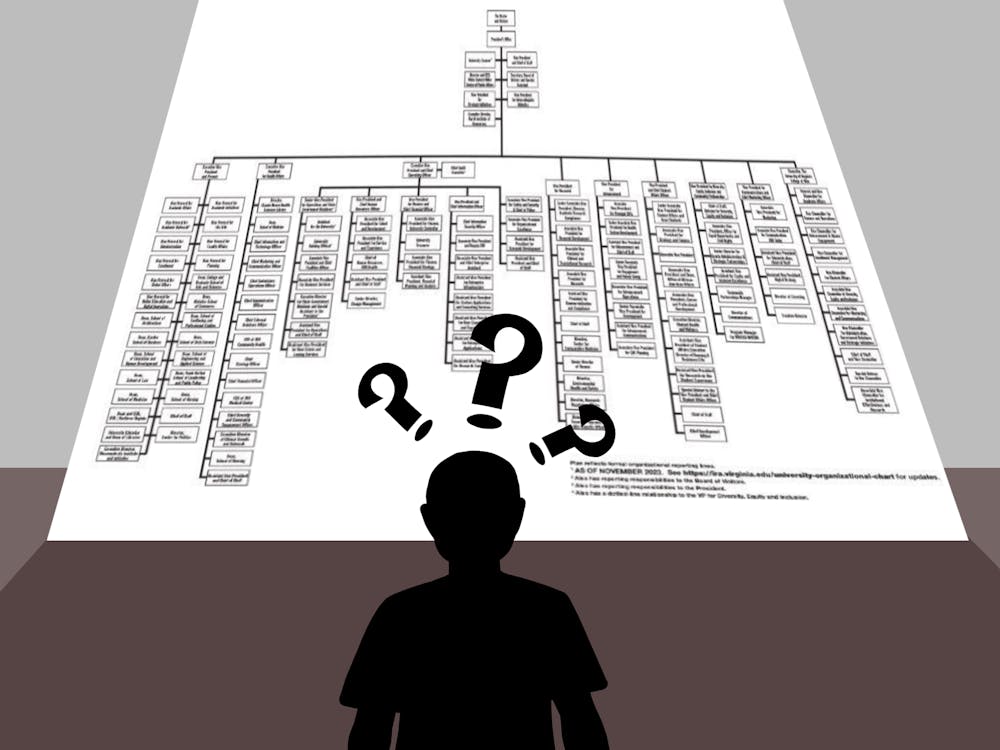On July 7, which marked the the anniversary of the initiation of Operation Protective Edge — formally beginning the Gaza-Israel conflict last summer —Snapchat featured Tel Aviv on its “Live Story” series, sparking a wave of indignation: Twitter erupted with protest as users interpreted Snapchat’s nod to the Israeli metropolis as “disrespec[ting] and ignor[ing] the Palestinian vantage.” Two days later, in an effort to appease its detractors, Snapchat gave denizens of the West Bank the opportunity to showcase their day-to-day life and surroundings through a “West Bank” Story. The timing of this virtual event was, albeit perhaps inadvertently, significant: beginning on July 7, 2014, over the course of two blistering months, thousands of Palestinians were killed, Israelis were blighted by fear and loathing, and a long-term ceasefire, much less coexistence, seemed wholly implausible. During times of relative peace, there is tension; during war, that tension transmogrifies into something thicker and darker, and the war-weariness that undergirds ‘normal’ life begins to spoil and smell. In Israel, as a consequence of multiple conflicts and a ceaseless campaign of “othering” by the Israeli government, many perceive the Palestinians as as a monolith: angry, alienated Arabs who exist outside of the Israeli consciousness and are incongruous with the Israeli way of life. Perpetual aggressors, they are unwelcome in Israel and yet never thought of as abstracted from it: any notion of Palestinian self-governance or sustainment is rejected by the right-wing government and its supporters.
Through the striking candour that exists in an amateur Snapchat video clip, and its immediate accessibility to anyone who has the application, “Live from the West Bank” managed to confront the antagonistic and one-dimensional perception of Palestinians, and was, perhaps, portentous of an independent future, wherein the West Bank is not only spoken of in terms of victimhood or in relation to its neighbor, but rather holds its own, like the other cities that Snapchat features in the series.
In making “Live from” reels, and allowing anyone within the region featured to submit to them, Snapchat may have created an avenue to further cultural understanding. It is important to note that Snapchat is not as prevalent in Israel as it is in the United States, and the brief 10-to-30 second videos do not suffice as a means to understand a culture. That said, in creating a platform for youngsters in the West Bank to showcase their home gladly and proudly — as those in Tel Aviv did when the city was featured on the “Live” reel on July 7 —Snapchat managed to establish a small common ground, and challenge any notion that the two groups of phone-clutching Semites are irreconcilably distinct.
The Live Story feature contributes to the changing relationship between the individual and the hyperconnected world, wherein our immediate circle of contacts, and by extension our awareness of the lives and situation of others, has exponentially expanded due to the ubiquity of the internet. Snapchat’s Live Story is the ultimate manifestation of an ersatz citizen journalism, democratizing “reportage” — brief and banal as it may be — such that we can now see various places and cultures around the world with jarring authenticity. This ability imbues the casual Snapchat user with a power once held only by formal news sources — that of shocking, of informing, of, even to the most minimal extent, educating.
“Live from the West Bank” may not be the path to peace between Israel and Palestine, that Holy Grail of international relations. It serves as an illustration of the possible cultural implications of a new age ushered in by the availability of “the whole of human intelligence one thumb swipe away.” With more exposure to cultural data, there is less of a possibility or excuse for ignorance — this, in turn, may mitigate the fear and hate concomitant with the unknown.
Tamar Ziff is a Viewpoint writer.




